
Can You Bring Cologne or Perfume on a Plane? TSA’s Rules [2024]
Nobody wants to be the stinky passenger on a plane. And most people prefer to smell good when traveling to different places. So it’s no wonder that a lot of

Nobody wants to be the stinky passenger on a plane. And most people prefer to smell good when traveling to different places. So it’s no wonder that a lot of
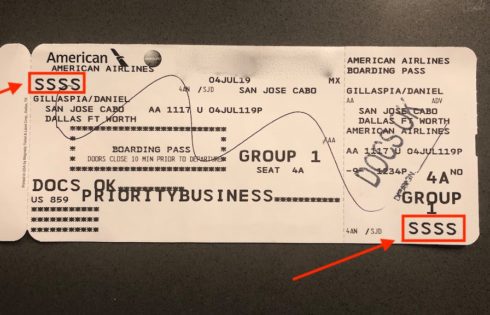
Getting through TSA and airport security is already stressful enough but there’s an additional screening method that you might be subjected to at times. And it happens when you find
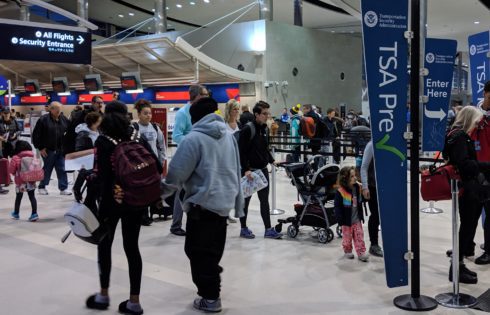
Okay, so you messed up and don’t have an ID but you need to catch a flight. What can you do? Well, you might be surprised to find out that

Cannabidiol (CBD) is an absolute lifesaver for many people facing serious medical conditions but can you actually bring it on a plane legally or will TSA confiscate it and potentially
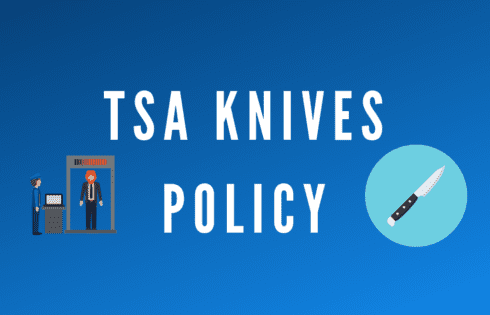
Are you wondering whether or not you can bring knives through TSA security and on to a plane? The answer isn’t so clear to a lot of people due to
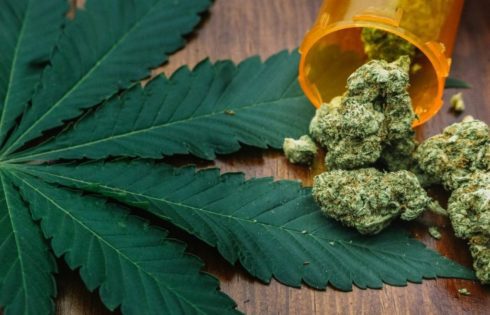
Laws regarding marijuana are quickly changing around the US. But what does this mean for flying and getting through TSA airport security? There is a lot to consider on the

You’ve probably seen the term REAL ID quite a few times over the past few years. It’s been in the news, on the blogs, and even at airports and other
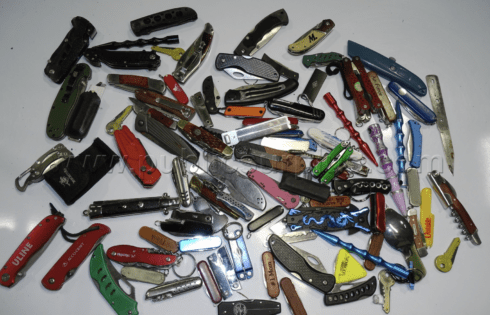
Every day, thousands of items don’t make it through TSA security checkpoints. Whether these are liquids or dangerous weapons, many travelers say goodbye to items for good after going through
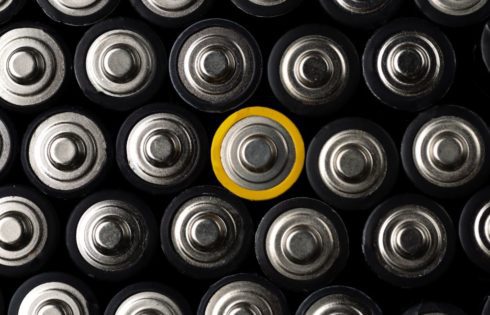
For some people, bringing batteries on a plane always feels like a guessing game. Are they allowed in your carry-on or checked bag? What types are okay and what types
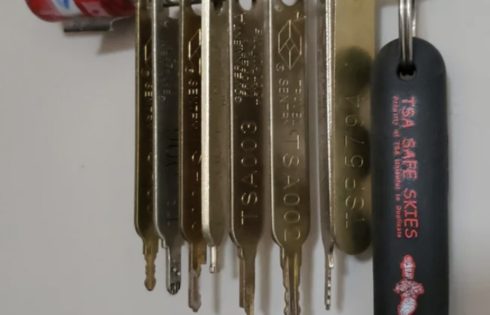
Nobody wants potential criminals or strangers having access to personal items in their travel luggage. One way that people add an extra layer of security to their baggage is to
| Cookie | Duration | Description |
|---|---|---|
| cookielawinfo-checkbox-analytics | 11 months | This cookie is set by GDPR Cookie Consent plugin. The cookie is used to store the user consent for the cookies in the category "Analytics". |
| cookielawinfo-checkbox-functional | 11 months | The cookie is set by GDPR cookie consent to record the user consent for the cookies in the category "Functional". |
| cookielawinfo-checkbox-necessary | 11 months | This cookie is set by GDPR Cookie Consent plugin. The cookies is used to store the user consent for the cookies in the category "Necessary". |
| cookielawinfo-checkbox-others | 11 months | This cookie is set by GDPR Cookie Consent plugin. The cookie is used to store the user consent for the cookies in the category "Other. |
| cookielawinfo-checkbox-performance | 11 months | This cookie is set by GDPR Cookie Consent plugin. The cookie is used to store the user consent for the cookies in the category "Performance". |
| viewed_cookie_policy | 11 months | The cookie is set by the GDPR Cookie Consent plugin and is used to store whether or not user has consented to the use of cookies. It does not store any personal data. |
